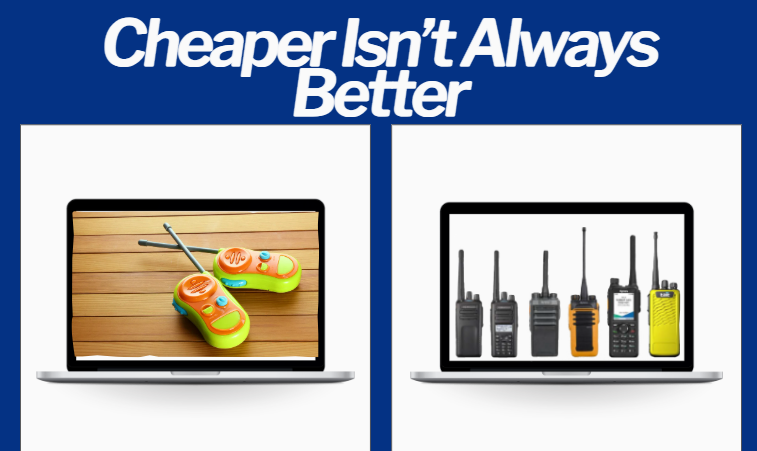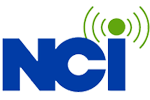The False Economy of Cheap Communications: Why Consumer Walkie-Talkies Fail Where Professional Two-Way Radios Thrive

When it comes to business communication, “good enough” is rarely good enough. Many organizations learn the hard way that consumer walkie-talkies, while appealing for their low upfront cost, can’t meet the reliability, range, and durability that modern operations demand. Whether you’re managing a construction site, coordinating public safety teams, or keeping a manufacturing floor connected, professional-grade two-way radios deliver performance that pays off.
Let’s break down why the “cheaper” choice often costs more in the long run.
Understanding the Core Difference: Licensed Power vs. Public Airwaves
Consumer walkie-talkies operate on Family Radio Service (FRS) and General Mobile Radio Service (GMRS) frequencies. These public airwaves are open to anyone, meaning shared channels, potential interference, and limited power output, typically less than 2 watts. The result? Spotty range, reduced clarity, and unreliable communication in complex environments like warehouses or large outdoor sites.
Professional two-way radios, on the other hand, use licensed VHF and UHF frequencies or Push-to-Talk over Cellular (PoC) networks, providing stronger signal penetration and extended range. These systems are engineered for environments where every second and every message matters.
In short, consumer walkie-talkies are fine for camping trips, but in the workplace, they can leave your team disconnected when you need communication most.
Durability is Not a Feature; It’s a Necessity
Professional radios are built for performance under pressure. Certified to MIL-STD-810G military standards, these devices can withstand shocks, drops, and vibrations that would destroy a consumer-grade walkie-talkie.
They’re also rated IP67 or IP68, meaning they’re dust-tight and can survive full immersion in water, essential for industries like construction, manufacturing, and emergency response.
Consumer devices, by comparison, are designed for occasional outdoor use, not for 10-hour shifts in the elements. When radios fail in harsh conditions, it’s not just inconvenient; it’s a safety risk.
Features That Protect Your People and Your Data
In professional environments, communication isn’t just about convenience; it’s about security and safety.
Professional two-way radios offer features that consumer models simply can’t match:
-
Encrypted Communications – Prevent unauthorized listeners and protect sensitive information.
-
GPS Tracking – Monitor team locations for faster coordination and improved safety.
-
Lone Worker & Man Down Alerts – Automatically detect if a worker is unresponsive or in danger.
-
Text Messaging & Bluetooth Connectivity – Enable efficient, hands-free communication for multitasking environments.
Consumer walkie-talkies may advertise fun extras like weather alerts or built-in flashlights, but they lack the critical functionality that keeps teams connected, protected, and productive.
The Real Cost of Communication Failure
A low price tag might seem appealing, but when radios fail, the real cost begins.
Frequent replacements, missed messages, and lost productivity quickly outweigh the savings from cheaper devices. Professional-grade radios have longer lifespans, fewer failures, and lower Total Cost of Ownership (TCO) over time.
Think of it this way: a $60 consumer walkie-talkie replaced every year costs far more than a $400 professional radio that performs reliably for five to seven years. Beyond the dollars, unreliable communication can cost you safety, efficiency, and your team’s trust.
Ready to Elevate Your Business Communications?
Don’t compromise on safety or performance.
Contact Nielson Communications today for expert guidance on selecting the perfect professional two-way radio system to meet your specific operational and safety standards. Visit our website, email sales@nielsoncom.com, or call 920-494-1828 to schedule a consultation.
